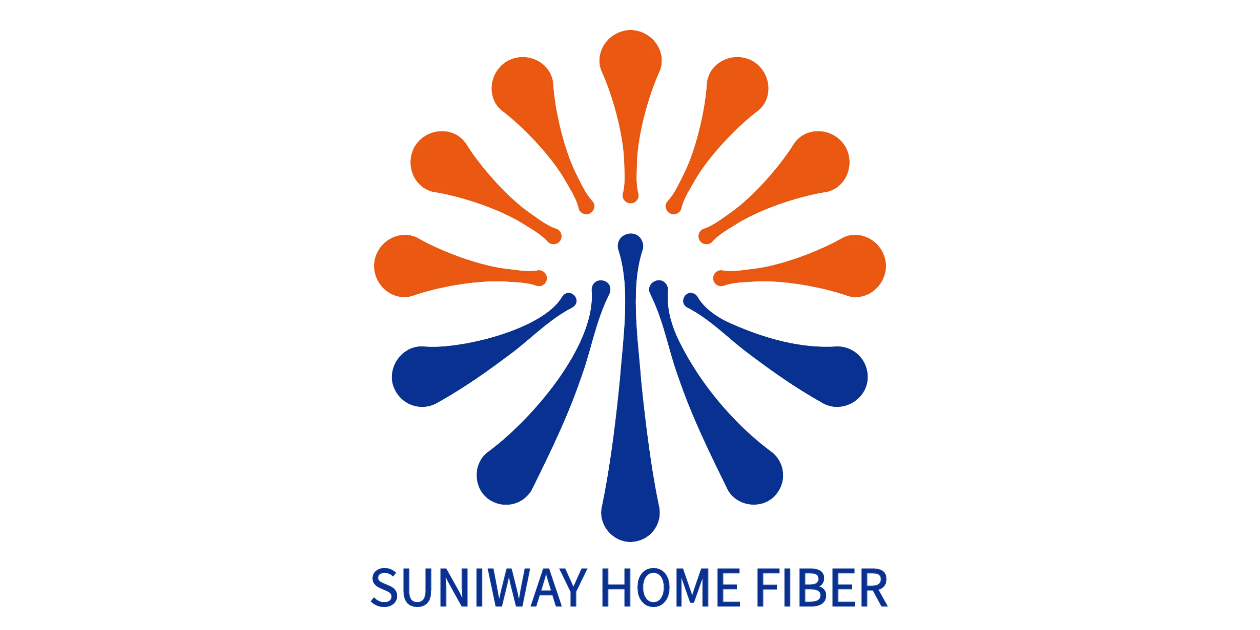
Upgrade to High-Speed Internet for only ₱1499/month!
Enjoy up to 100 Mbps fiber broadband, perfect for browsing, streaming, and gaming.
Visit Suniway.ph to learn
Educators today likely find themselves in a constant cycle of professional development—attending week-long trainings, joining webinar marathons, or enrolling in online courses, all to "keep up." Yet, just as teachers grasp the latest tech tool or pedagogical trend, another wave of change washes over them. Perhaps, instead of perpetually chasing change, it's time to flip the script: let the learners teach the teachers. Consider a Reverse Mentorship in Academia, where students actively contribute to their teachers' professional growth.
In higher education, faculty development initiatives have long been cornerstones of quality control. These typically involve training modules, workshops, and seminars aimed at enhancing instructional tactics, technical proficiency, and assessment techniques. However, research increasingly suggests that these conventional methods are less effective in addressing the rapid shifts in learners' expectations and behavior. The 2022 EDUCAUSE Horizon Report highlights two persistent challenges for higher education institutions: training faculty for a "constantly evolving" technological ecosystem and catering to a student body that demands flexibility, personalization, and digital integration in the classroom.
Instead of solely expecting teachers to adapt, what if we involved students in the solution? Academic settings could embrace the concept of reverse mentorship, borrowed from corporate environments where junior staff members advise senior executives on digital tools, cultural shifts, and emerging trends. The primary goal isn't to diminish the authority or knowledge of instructors but to foster a mutually beneficial learning relationship.
A pilot research program at the University of Leeds, UK (2021) implemented a reverse mentorship program pairing undergraduate students and faculty members. The results were encouraging: students reported feeling more empowered and involved in their learning, while faculty members expressed greater confidence in using digital platforms. Furthermore, participants noted a positive shift in classroom dynamics, characterized by enhanced respect and communication.
Beyond their digital fluency, Gen Z students, for instance, offer fresh perspectives on crucial areas like inclusive education, mental health awareness, and collaborative learning—all factors that directly impact teaching and learning effectiveness. A 2023 Pew Research poll on digital literacy revealed that 79% of Gen Z participants found interactive and visual content more beneficial than primarily text-based lectures. This insight alone could prompt teachers to revamp course materials or explore tools like Canva, Kahoot!, or AI-powered feedback systems.
The truly transformative power of reverse mentorship lies in its ability to democratize the learning environment. It reinforces the idea that education is a shared journey of growth, not a one-way transmission of knowledge. Students become active participants in shaping their education rather than passive recipients. This aligns with constructivist learning theories, which emphasize the importance of social interaction and active engagement in constructing knowledge.
Of course, this approach requires careful planning and structure to be effective. A good starting point is establishing professional development programs that integrate student-faculty collaborative projects. Departments could strategically pair students with faculty mentors based on their strengths in digital platforms, diverse learning styles, or digital competence. Teachers could then articulate their specific needs and goals for each collaboration, ensuring clarity and mutual benefit.
Moreover, reverse mentorship shouldn't replace traditional faculty development but rather complement it. It provides a practical, learner-informed dimension to theoretical or policy-based training. With the right framework, including performance metrics and feedback surveys, it could even become a standard component of quality assurance processes.
It's also crucial to acknowledge that this approach necessitates a cultural shift. Educational settings often have ingrained hierarchies, and some might resist the idea of "teachers learning from students." However, if the aim is to ensure that learning remains inclusive, adaptive, relevant, and effective, then cultivating an open and receptive academic mindset is essential.
In a world where information doubles rapidly and students engage with content in increasingly nonlinear ways, relying solely on top-down training models is no longer sustainable. By embracing reverse mentorship, we not only empower faculty to stay current but also foster a more empathetic, agile, and collaborative academic community.
Responding to change doesn’t always demand upheaval; sometimes, a simple FLIP is all it takes. By shifting our focus back to the learners, going in reverse can indeed be the way forward.
(Dr. Erwin Vincent G. Alcala, a CPA in the Philippines and Australia, is a Past PICPA National President and currently the President of Saint Paul School of Professional Studies.)

 6 hours ago
3
6 hours ago
3



